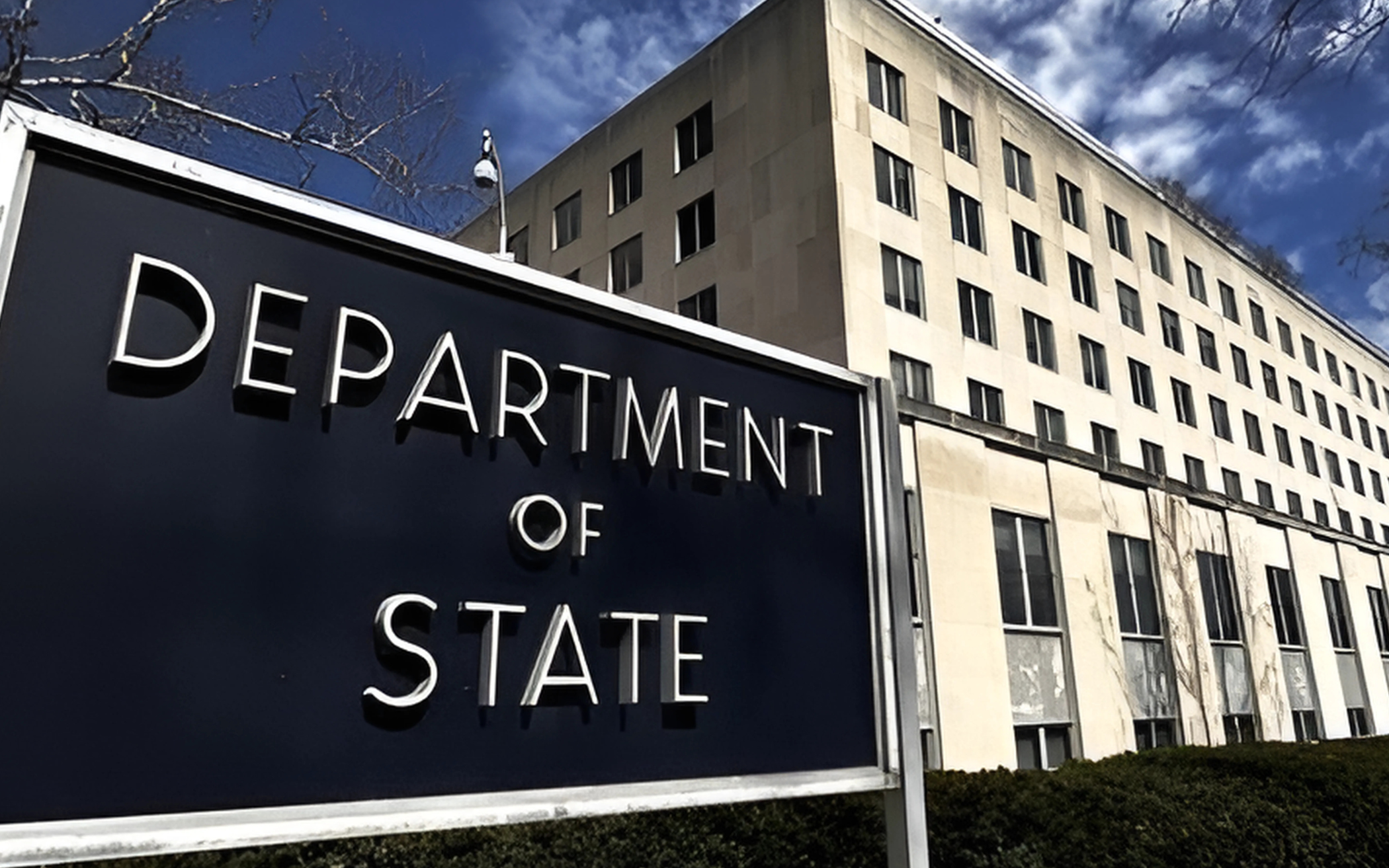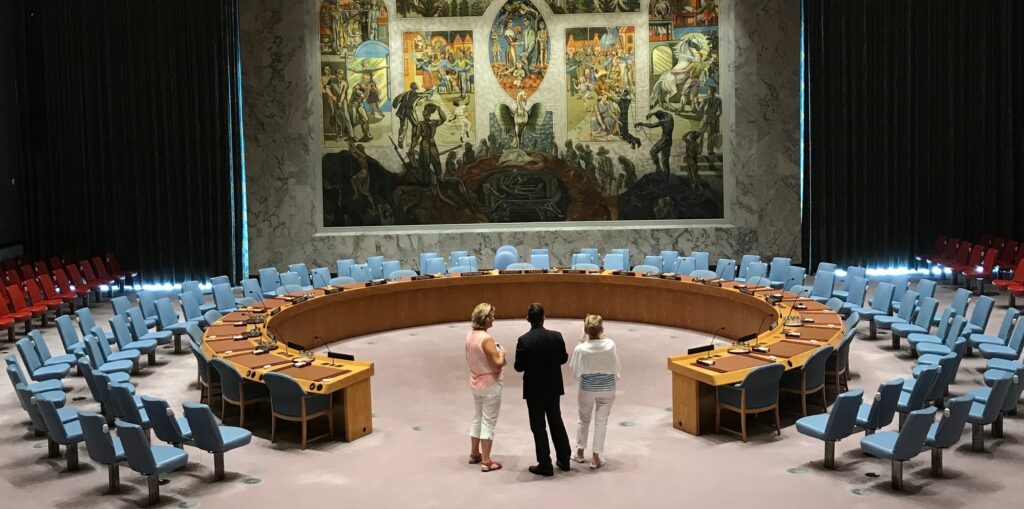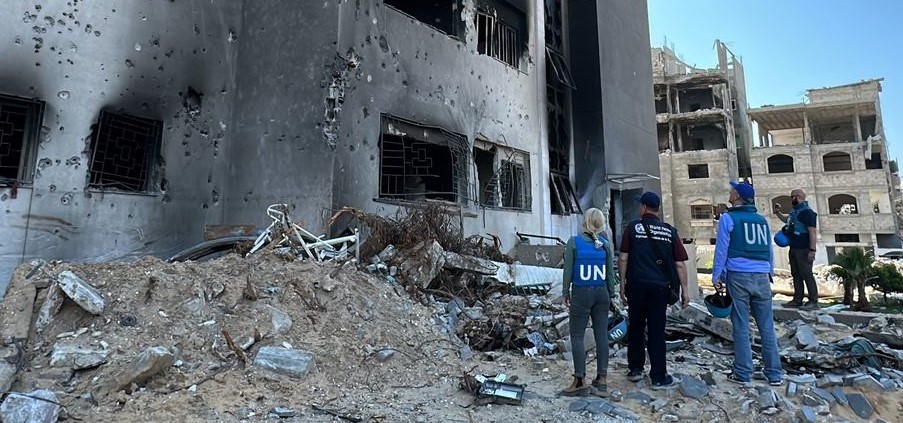On May 30, the Office on Management and Budget (OMB) released more details on the Trump Administration’s FY26 budget proposal, which expands on the “skinny budget” shared earlier this month. As part of the release, the State Department provided a Congressional Budget Justification — an addendum that explains their proposed request.
Although State’s CBJ provides few new surprises, it does confirm what many feared: sweeping cuts to U.S. funding for the United Nations and other international organizations, with the hardest hits aimed at peacekeeping and global partnerships that have long played a significant role in advancing U.S. foreign policy goals.
UN funding is distributed through a series of accounts.
Here, we break it down.
CIO (Contributions to International Organizations) – Down 83%
Funding for multilateral mainstays would go from $1.54 billion to just under $264 million, with only a few organizations spared. These include NATO and a handful of technical agencies like the International Civil Aviation Organization (ICAO), the International Maritime Organization (IMO), the Organization for the Prohibition of Chemical Weapons (OPCW) and the International Telecommunications Union.
Funding for the UN itself, however, is zeroed out.
The Administration did leave open the possibility of providing some contributions to international organizations at the President’s discretion, through a proposed $2.9 billion “America First Opportunities Fund” (A1OF). The fund is designed to finance priorities endorsed by the White House.
CIPA (Contributions for International Peacekeeping Activities) – $0
Despite Congress providing $1.2 billion for UN peacekeeping in FY25, the Administration proposes eliminating this line item altogether in FY26, citing cost, alleged mismanagement and concerns around some missions. As with UN funding, the door was left ajar for discretionary support through the A1OF. However, while that provides some chance for ad hoc support, it offers no reliable way to meet binding and longstanding treaty commitments.
Peacekeeping Operations Get a Rebrand — and a Cut
The Peacekeeping Operations account would become the “National Security Engagement Account” and be slashed by 93% — from $411 million to just $30 million. Importantly, it would only cover the non-UN-led Multinational Force and Observers mission in the Sinai. Funding for the UN Support Office in Somalia (UNSOS), which has historically been nested under this account, would also be moved to CIPA and cut. Again, the A1OF could cover it, but only if the President deems it worthwhile.
IO&P (Voluntary Contributions to UN Agencies) – Gone
In FY24 and FY25, Congress appropriated just over $436 million to this account. In FY26, U.S. voluntary contributions to agencies like UNICEF, UNDP, UN Women, UNFPA, UNEP and OHCHR would be zeroed out. That’s a direct hit to global health, humanitarian relief, women’s empowerment and weather resilience programs that have enjoyed bipartisan support.
Impact on Global Health
The President’s FY26 budget proposal also slashes global health funding by a staggering 62%, from $10 billion to just $3.8 billion. Key global partnerships like the Global Fund and Gavi do not have specific funding allocations, potentially jeopardizing decades of bipartisan progress and putting millions of lives at risk.
Humanitarian Aid – Cut and Consolidated
The budget reduces aid to $1.5 billion for the Emergency Refugee and Migration Assistance (ERMA) account to be used at the President’s discretion. It also folds two major lifelines — Migration and Refugee Assistance (MRA) and International Disaster Assistance (IDA) — into a new catchall pot called International Humanitarian Assistance (IHA), funded at $2.5 billion. That money would only go to disasters that align with the President’s foreign policy goals.
Importantly, it also eliminates Food for Peace, a global food security initiative that purchases more than $2 billion annually from U.S. growers.
The Bottom Line?
This budget doesn’t just disinvest from the UN — it dismantles the bipartisan architecture of U.S. global engagement. And with global unrest on the rise, now’s the time to fund the very international initiatives and organizations that makes Americans safer, healthier and more economically secure.
Fortunately, these funding decisions rest largely upon Congress.
Because while the President’s budget may serve as a blueprint for sweeping cuts, Congress ultimately controls the purse strings. Some proposals — like the creation of the new America First Opportunity Fund — simply can’t happen without Congressional approval. So while the threat of unilateral impoundment and draconian cuts to historically bipartisan programs loom, the ball is in Congress’ court. It’s up to lawmakers to decide whether the U.S. continues its legacy of global health leadership — or walks away.




